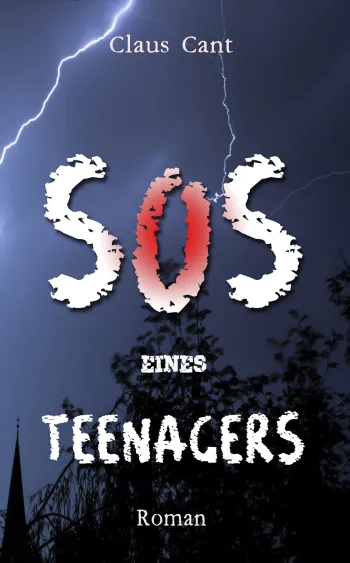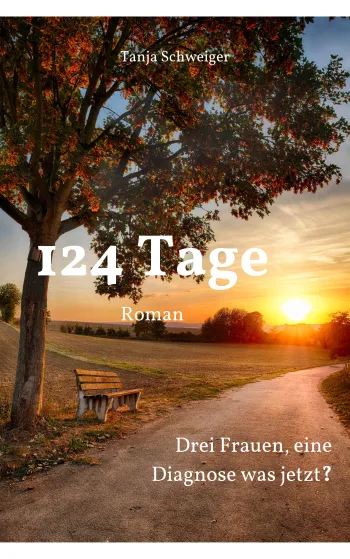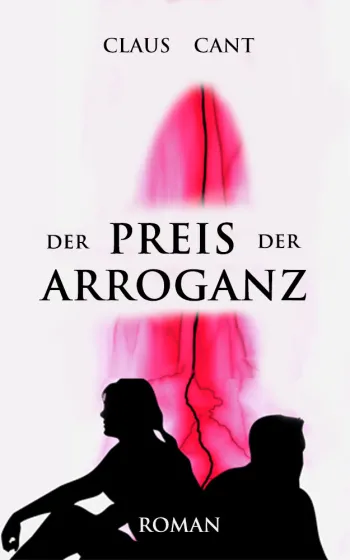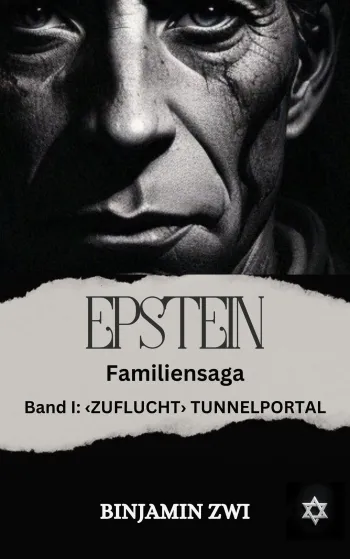Buch entdecken
Erfahre mehr über dieses Buch
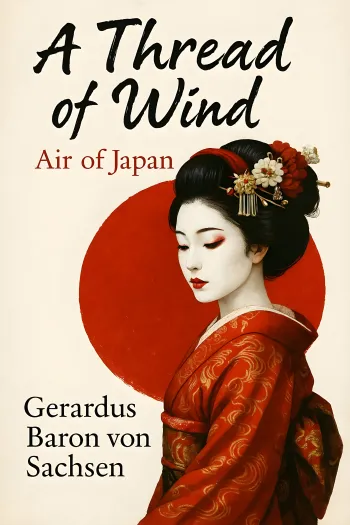
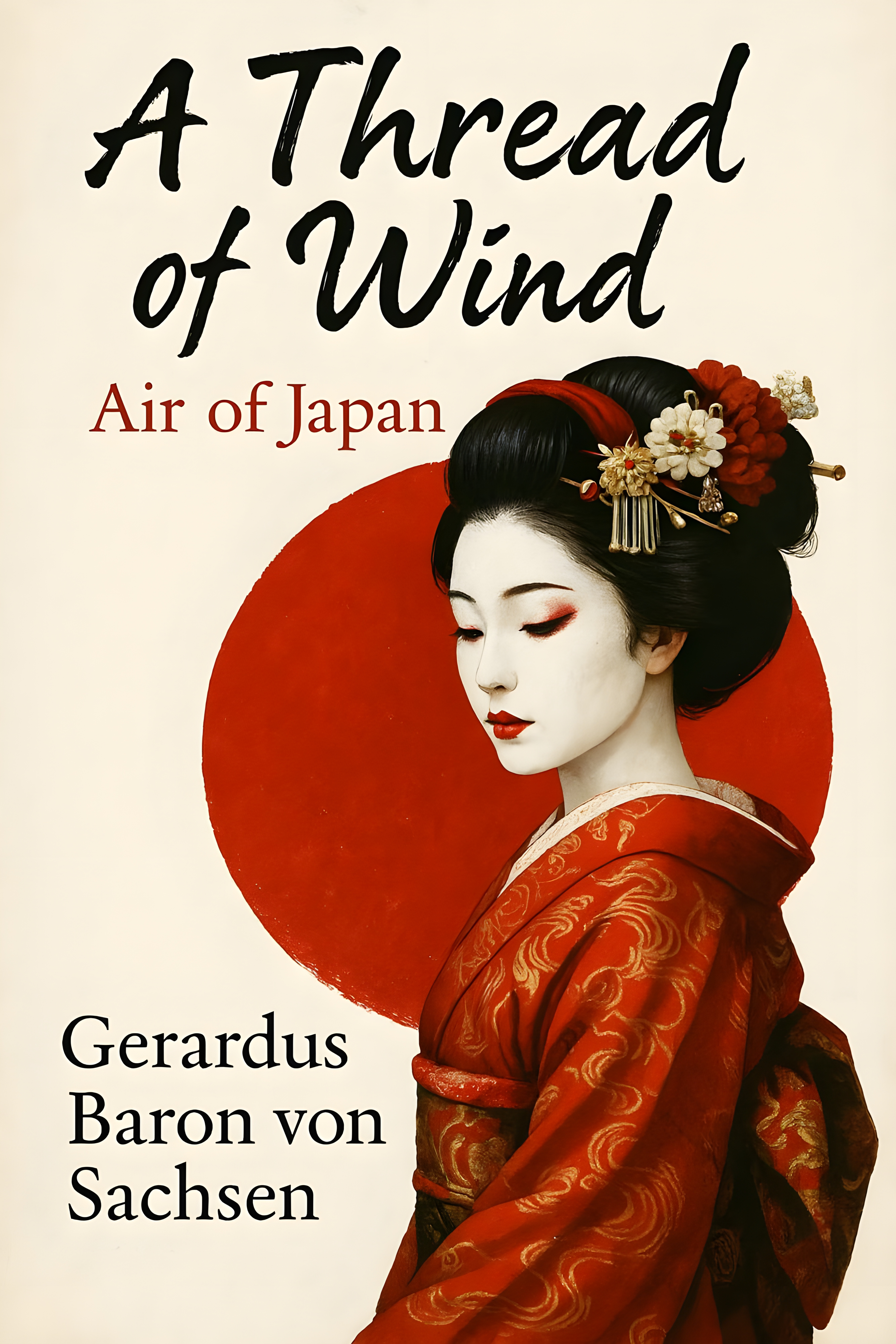
A Thread of Wind
Air of Japan
Über dieses Buch
In a time when poetry often sits on the periphery of our distracted lives, A Thread of Wind offers an intimate, focused refuge, pulling readers into a space where stillness and movement are equally revered. This collection is not merely a book of poems, it is a musical composition, a meditation, a journey into the depths of both the natural world and the self. As we journey through the pages of this work, we are invited not only to look at the world around us, but to truly feel it, to experience it as the poet has, steeped in the air of Japan, its rich cultural history, and its timeless poetic tradition.
The Poetic Forms: A Bridge Between the Past and Present
One of the remarkable features of A Thread of Wind is the masterful use of traditional Japanese poetic forms, which are woven together with a modern sensibility. The book features a blend of Haiku, Tanka, Chōka, Senryū, Haibun, and other forms, each carrying its own weight and significance, but each also echoing the flow of time, from the ancient to the modern. These forms are not just techniques for writing, they are gateways to a deeper connection with the world and with the self.
The Haiku, perhaps the most widely known of Japanese forms, originally followed a strict syllabic structure (5-7-5), often encapsulating moments in time that were fleeting yet eternally significant. In A Thread of Wind, the form is approached with the same reverence, yet it adapts to the freedom of the English language. Modern haiku, especially those written in languages other than Japanese, no longer need to adhere to the strict syllabic rules of ancient times. Instead, it is the essence of the moment—the evocation of seasonal change, the awakening of inner landscapes, the connection between nature and self, that holds the true power. This shift allows for an expansive, intimate expression that transcends rigid structure, allowing each poem to breathe, to move like the wind itself.
Senryū, similar to haiku, explores human nature with a more satirical or humorous edge. This form, often lighter in tone, offers the poet a chance to reflect on the fragility of human interaction, identity, and the self-contradictions that mark our relationships. It is a moment of sharpness amidst the flow, like the sudden gust of wind that momentarily shifts the course of a conversation.
Tanka, another ancient form, adds a layer of intimacy and personal reflection, with five lines structured in 5-7-5-7-7. It is often more emotional and personal than haiku, capable of capturing not just an image, but an experience, a feeling, an existential questioning. In A Thread of Wind, Tanka becomes a vehicle for inner dialogue, the poetic equivalent of a quiet conversation between the heart and the world.
The Chōka, an epic poem form originally used for longer, lyrical narratives, is employed here with an eye toward grandeur, life cycles, and historical reflection. It evokes the depth of traditional Japanese poetry but merges it with a modern sensibility. In A Thread of Wind, these longer pieces connect the fleeting to the eternal, the personal to the universal, as the poet contemplates life, love, and the passage of time.
The Haibun, a prose-poem hybrid, is perhaps the most poignant form within the book. It combines lyrical description with personal narrative, seamlessly fusing imagery with the poet’s own journey, creating a space where language moves between the abstract and the concrete. In A Thread of Wind, the Haibun serves as a bridge, uniting the external with the internal, the landscape with the spirit.
Bewertungen
Basierend auf 3 Bewertungen
Spitzenrezensionen
Dori A.
"Empfehlung "
Gerdes
"Einfach schön zu lesen"
Chiara Anselmi
"Ein poetischer Windhauch, der berührt"
Ähnliche Bücher
Diese Bücher könnten dir auch gefallen

